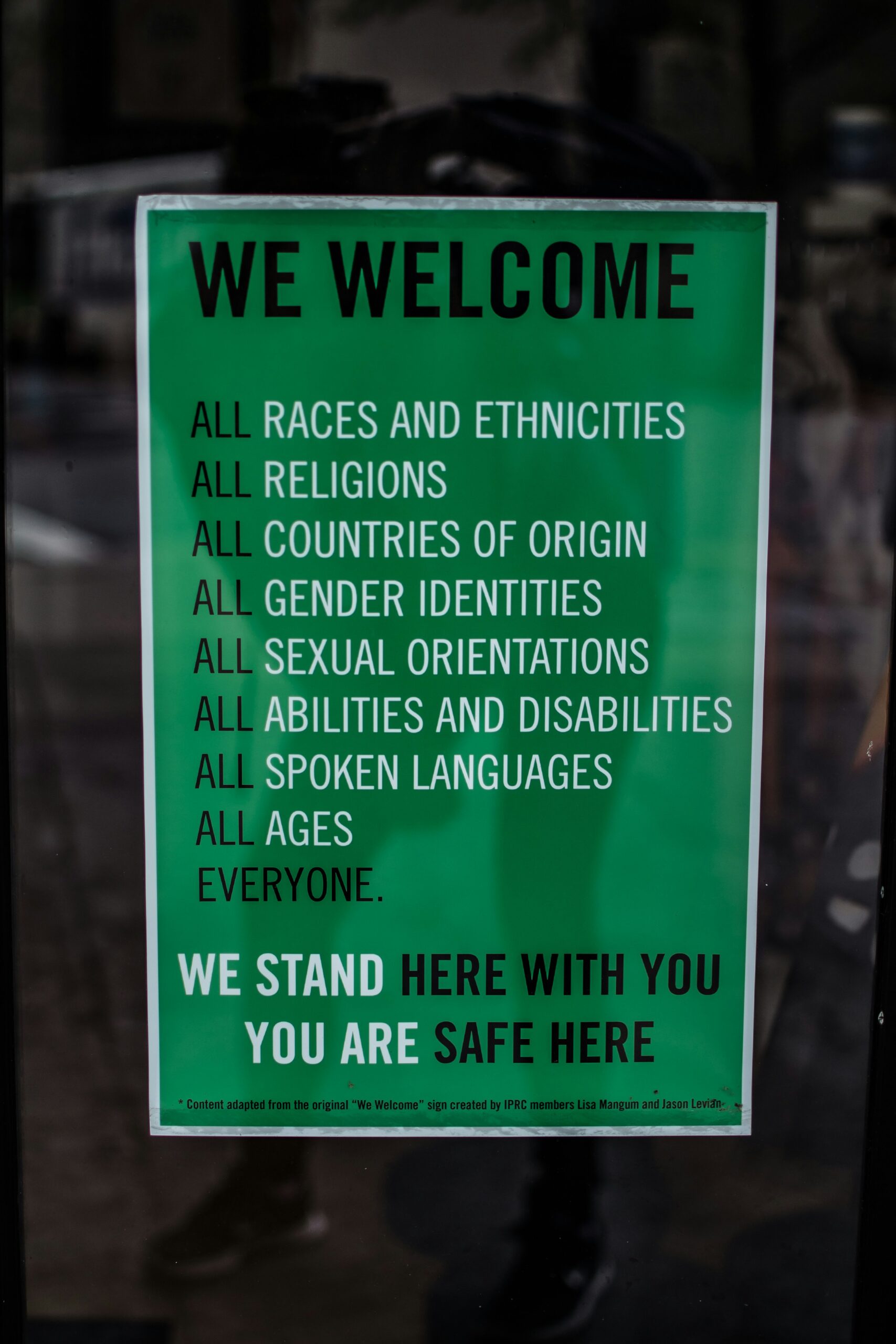
Embracing Cultural Diversity: Building Bridges Across Differences

As our world becomes increasingly interconnected, understanding and respecting cultural differences has never been more important. Cultural diversity refers to the variety of human cultures and the unique values, beliefs, and practices that shape them. In a globalized society, cultural competence is a crucial skill that enables individuals to navigate and engage with people from diverse backgrounds. This article explores the significance of cultural diversity and offers strategies for promoting cultural awareness and sensitivity in personal and professional interactions.
The Importance of Cultural Diversity
Cultural diversity enriches our society by fostering a vibrant tapestry of perspectives, experiences, and ideas. It encourages us to challenge our assumptions, broaden our horizons, and appreciate the complexities of the human experience. By embracing cultural diversity, we can build bridges across differences and foster inclusivity and equality.
Furthermore, understanding and respecting cultural differences is essential for effective communication and collaboration in a globalized world. It helps to prevent misunderstandings, conflicts, and stereotypes that can arise from cultural ignorance. By developing cultural competence, individuals can navigate cultural nuances, adapt their communication styles, and establish meaningful connections with people from different backgrounds.
The Benefits of Understanding and Respecting Cultural Differences
When individuals embrace cultural diversity, several benefits emerge. Firstly, it promotes social cohesion and harmony by fostering mutual respect and understanding. By recognizing and valuing the unique contributions of each culture, we can create inclusive spaces where everyone feels welcome and accepted.
Secondly, understanding cultural differences enhances creativity and innovation. When people from diverse backgrounds come together, they bring a wide range of perspectives and ideas. This diversity of thought can lead to breakthrough innovations and problem-solving approaches that would not have been possible in a homogeneous environment.
Thirdly, embracing cultural diversity is crucial for businesses and organizations operating in a global marketplace. By understanding the cultural preferences and expectations of different target markets, companies can tailor their products and services to meet the needs of diverse consumers. This cultural competence can lead to increased customer satisfaction, loyalty, and market share.
Promoting Cultural Awareness and Sensitivity
Developing cultural awareness and sensitivity is a lifelong process that requires open-mindedness, empathy, and a willingness to learn. Here are some strategies for promoting cultural competence:
- Educate Yourself: Take the time to learn about different cultures, their histories, and their traditions. Read books, watch documentaries, and engage in conversations with people from diverse backgrounds.
- Challenge Stereotypes: Be aware of your own biases and challenge stereotypes that perpetuate cultural misunderstandings. Approach each individual as an individual, rather than making assumptions based on their cultural background.
- Listen and Learn: Actively listen to others and seek to understand their perspectives. Ask questions respectfully and be open to different viewpoints.
- Practice Cultural Humility: Recognize that you can never fully understand or experience another person’s culture. Approach cultural interactions with humility, respect, and a willingness to learn.
- Embrace Uncomfortable Conversations: Engage in honest and respectful conversations about cultural differences, even if they might be uncomfortable. These conversations can lead to greater understanding and bridge-building.
Examples of Cultural Traditions and Practices
Every culture has its unique traditions and practices that shape its identity. Here are a few examples:
- In Japan, bowing is a common form of greeting and showing respect.
- In India, the festival of Diwali is celebrated with lights, fireworks, and the exchange of sweets.
- In Mexico, the Day of the Dead is a vibrant celebration honoring deceased loved ones.
- In China, the Lunar New Year is marked by dragon dances, firecrackers, and family gatherings.
- In Indigenous cultures, storytelling plays a vital role in preserving history and passing down traditions.
Embracing Diversity and Fostering Intercultural Understanding
In conclusion, understanding and respecting cultural differences is essential for building a more inclusive, harmonious, and innovative society. By embracing cultural diversity, we can bridge divides, foster empathy, and celebrate the richness of human experiences. Let us commit to promoting cultural awareness and sensitivity in our personal and professional interactions, and together, create a world where diversity is celebrated and valued.

















